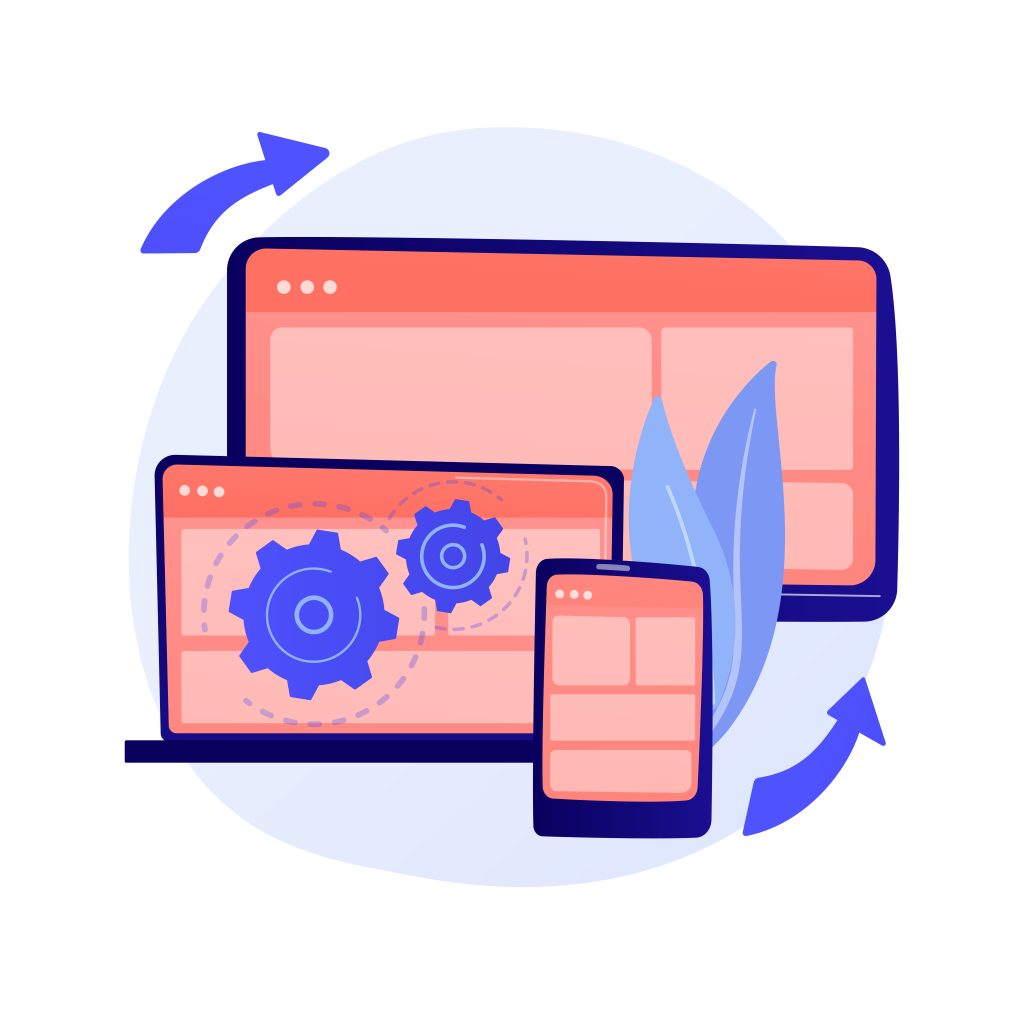PR2
i'm in tales authoring tool
Start Date ->
01-05-2022
End Date ->
31-01-2023
Result Languages:
English, Italian, Dutch, Lithuanian, Greek
RESULT MEDIA:
Software

PR2 I’M IN TALES authoring tool will make it possible to create multisensory stories, in which children can completely immerse themselves through the exploration of smells, flavours and physical objects.
Children will be able to interact directly with the story but also create his own (i.e. recording its voice and connecting it with a specific object). The child, therefore, not only listens, but participates, hears and explores, learning new stimuli through multi-sensory learning.
The tool will be include three parts:
1) Stories interface: this component represents the user interface of the TUI on a digital device, that will be modelled based on the input from the PR1. It would potentially have two macro sections:
i) an assessment tool for data collection,
ii) an activity area, where the user (teachers or children) will choose stories to listen and interact with.
2) OER Authoring tool: it will allow any user to create their own stories. The editor tool will be designed with a simple and immediate interface, free and open for every user. The user will have the possibility to connect any object, thanks to the hardware (an active board), to a digital feedback.
3) Physical objects: all stories will be implemented both on a virtual environment and using real and tangible objects (TUIs approach). First hardware is an active board (an NFC antenna covered by plexiglass and connected via USB to PC or tablet) that can “recognize” tangible materials (tagged with NFC sensors) to allow the digital environment (stories interface) to give feedback. Tangible materials are simple objects that can be chosen specifically for each story, which stimulate sensorially all the five senses. The objects represent characters, objects, foods, and more, depending on the story. When an object is placed on the board (based on the requests of the story) the interface responds to the action with an effect (for example by continuing the story or giving feedback).